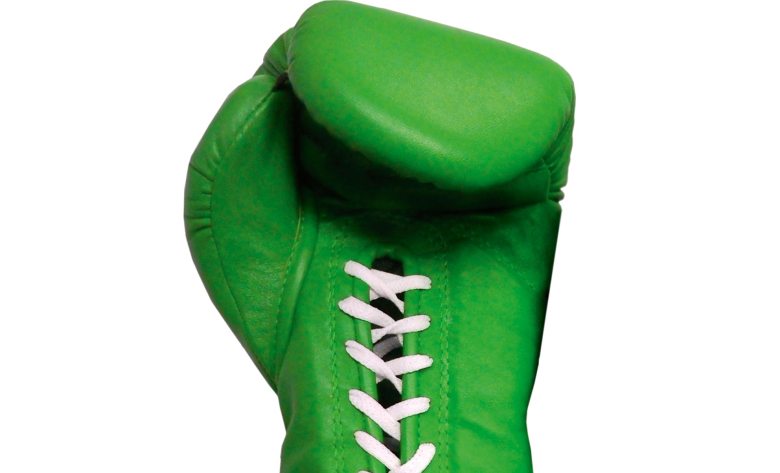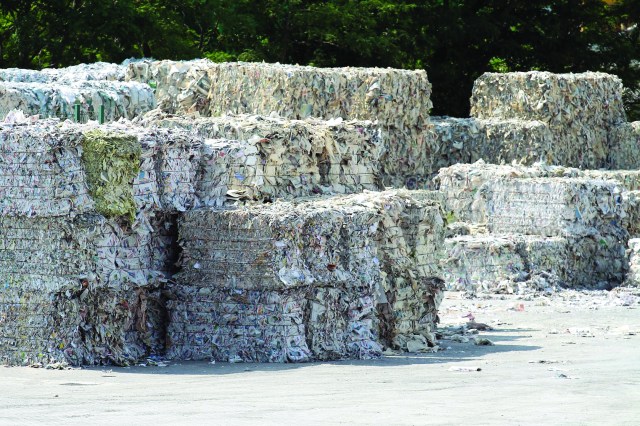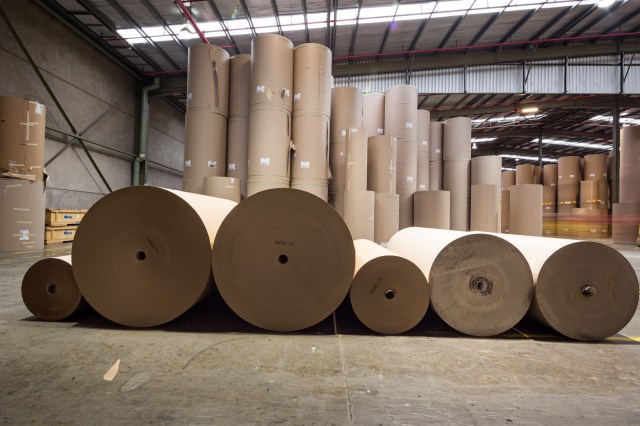

There has been a trend over the past decade for a number of printing firms to identify themselves as the ultimate green printing company. The trouble is that only one can be the best. But who? No matter how hard each company tries, only one can be ‘the greenest of them all’.
So which Australian printing company is the greenest, least environmentally damaging, emitting the lowest level of greenhouse gases and no CO2? The answer is impossible to determine. It depends on how they measure and promote their efforts. But despite the fact that printers argue over which is the greenest, all have done a brilliant job, on a number of levels.
First, they have elevated the profile of the green attributes of the whole industry. They have also raised the bar for smaller printing firms across the trade. The influence of a green marketing strategy can even be felt internationally.
I am often asked how multiple firms can claim to be the single most environmentally friendly printing company in the country; surely one has to be better than the others? Surely they can’t all be carbon neutral? The problem they face is justifying that they have done the hard work of doing the carbon calculations. It’s one thing to make a claim; it’s harder to prove. But the leading firms generally do it well.
My belief is that the entire printing sector, worldwide, has made massive inroads in becoming one of the world’s most sustainable industries. The advances in printing and pre-press technologies over the past two decades has been nothing short of incredible. The industry has reduced its impact on the environment by much as 97%.
So why the argument on who is the best, when really it the whole industry? Every firm that operates in the trade today is massively better than any firm 20 years ago. The truth is the rising tide of technology has lifted all boats to a much better level of environmental performance.
Despite all firms being better, some have taken additional steps towards being even more sustainable. They have done this in two ways. Firstly, they have taken on board all of the advances in technology that has resulted in a significant ‘dematerialisation’ of the trade: such as less solvent, less waste paper and less waste of ink. By investing in newer printing and pre-press equipment, the average firm would have cut energy usage. This has been a natural stage of business. Some would refer to that as picking off the ‘low-hanging fruit’. With little effort other than investing, companies have cut their impact on the environment.
The second stage is the difficult part. This is where leading firms have actively sorted out parts of their business where significant effort must be made to cut out waste, reduce energy, fix up supply chains and measure the total outcomes. Only a handful have done this second step. They are rightly leaders in the industry. For these firms to argue which is the best seems misplaced competition.
Phillip Lawrence is a PhD scholar, consultant and speaker who specialises in print and the environment
Comment below to have your say on this story.
If you have a news story or tip-off, get in touch at editorial@sprinter.com.au.
Sign up to the Sprinter newsletter



